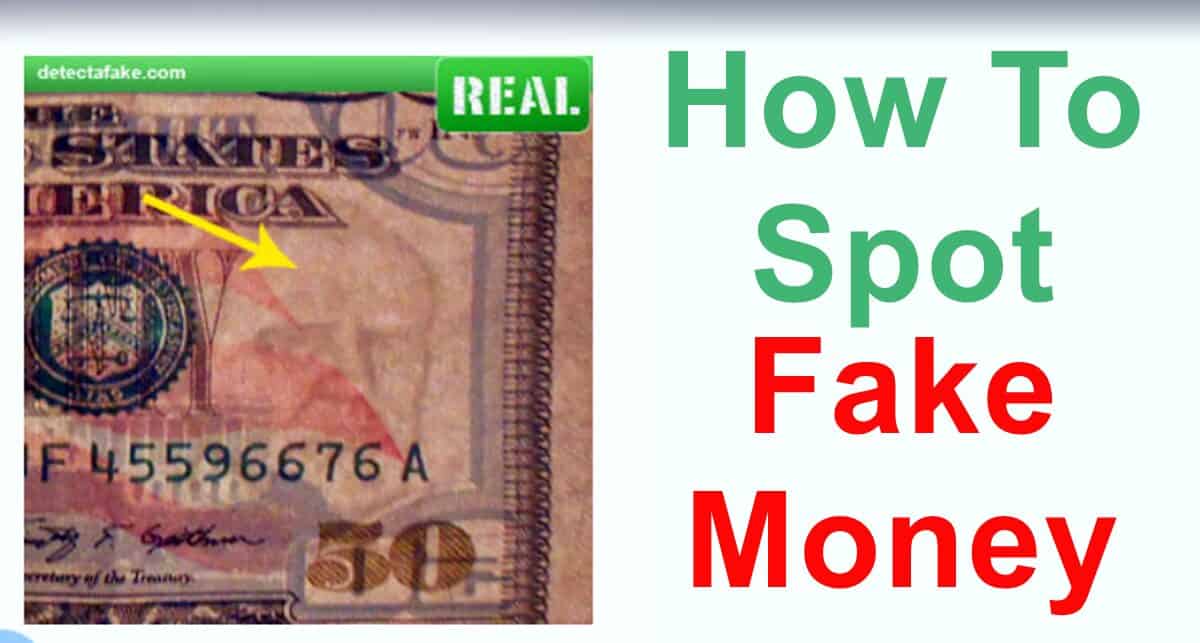How to detect fake 50 dollar Bills
| Features | Authenticity Check |
|---|---|
| Security Strip | Hold bill up to light, strip should be visible |
| Hologram Image | Grant’s hologram appears with light behind the bill |
| Color Shifting “50” | Tilt the bill, color should change in the corner |
Introduction: Welcome, savvy readers, to a guide that safeguards your wallet and financial well-being. In a world where counterfeiting lurks, it’s crucial to arm yourself with knowledge. Today, we unravel the secrets of authenticating $50 bills, empowering you to discern genuine currency from deceptive counterfeits.
1. Security Strip: Illuminating Trustworthiness
When it comes to $50 bills, the security strip is a beacon of authenticity. Hold your bill up to the light, and witness the subtle yet crucial details. The security strip should unveil itself, positioned precisely to the right of Grant and crossing underneath the left leg of the “U” in United. If the strip is absent in the light or visible without it, beware – it’s a counterfeit trap.
Example: Just like a hidden gem in plain sight, the security strip acts as a silent guardian, only revealing its true essence under the watchful eye of light. Much like uncovering a concealed painting in the glow of a flashlight, the authenticity becomes apparent.
2. Hologram Image: Grant’s Watchful Eye

A genuine $50 bill carries a holographic image of Grant, discreetly residing on the front/right side. This visual marvel only reveals itself when illuminated from behind. If Grant’s hologram remains elusive, you’ve stumbled upon a counterfeit bill.
Example: Picture this: a holographic Grant, like a guardian spirit, emerges to validate the bill’s authenticity. It’s akin to a secret handshake between your currency and the light, ensuring a genuine connection.
3. Color Shifting “50”: A Kaleidoscope of Authenticity

Turning the bill into a canvas of colors, the “50” in the bottom/right corner is your next checkpoint. Crafted with color-shifting ink, tilting the bill reveals a mesmerizing dance of hues. Counterfeit bills lack this dynamic feature – a telltale sign of their deceptive nature.
Example: Imagine tilting your bill, and suddenly, the mundane becomes magical. The color-shifting “50” is your currency’s way of saying, “I’m real.” It’s the kaleidoscopic proof that sets authentic bills apart from their lackluster counterparts.
FAQs:
Q1: Can counterfeit bills replicate these security features? A1: Counterfeiters struggle to replicate the intricate security strip, hologram image, and color-shifting “50” successfully.
Q2: Are these features present in older $50 bills? A2: Yes, these security features are consistent across various releases of the $50 bill.
Q3: Can natural light be used instead of artificial light for authentication? A3: Yes, natural light is effective for authenticating these bills. However, artificial light enhances the visibility of security features.
Q4: Is there a chance of genuine bills lacking these features? A4: Authentic bills consistently exhibit the security strip, hologram image, and color-shifting “50.” Lack of any is a red flag.
Q5: How often should I check my $50 bills for authenticity? A5: Regularly inspect your bills, especially during transactions. Vigilance is key to financial security.
